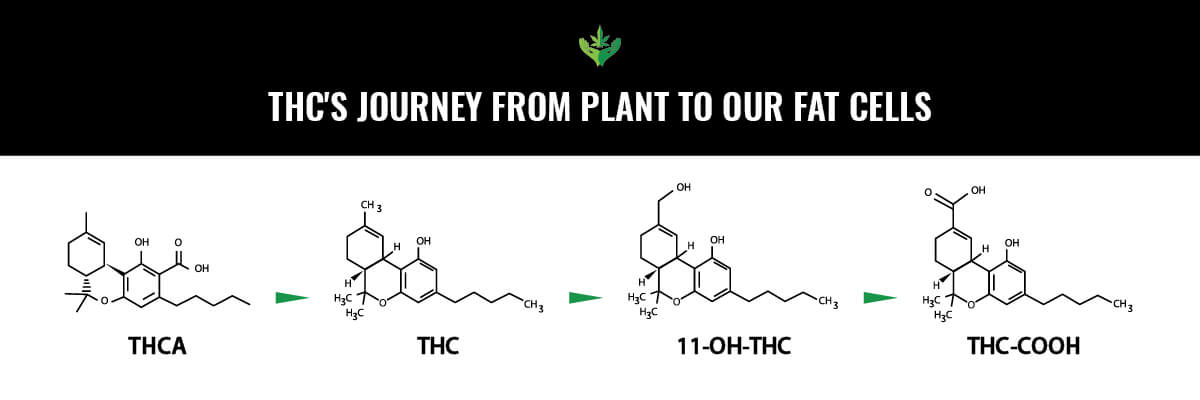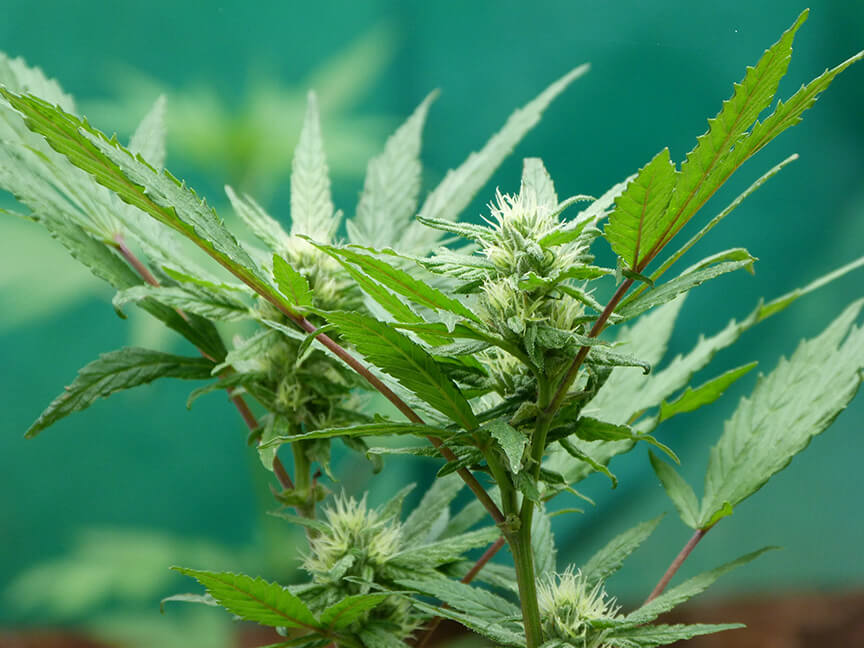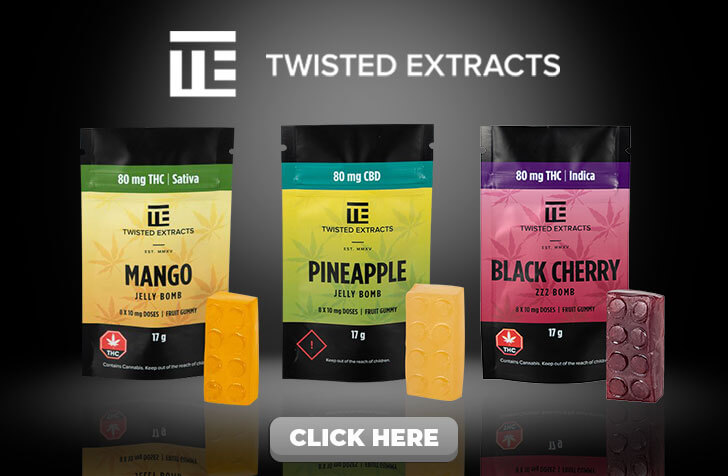Have you ever been confused by the fact that smoking cannabis feels so, so much different than when you ingest it? Well, you’ve probably never heard of 11-hydroxy-metabolite or 11-OH-THC.
You see, 11-hydroxy-metabolite, also known as 11-hydroxy-THC and 11-OH-THC, serves as the main difference between the experience you get from smoking or vaping and eating cannabis gummy.
So, what is it?
What is 11-Hydroxy-Metabolite? (or 11-OH-THC, 11-Hydroxy-THC)
Ever heard of pharmacokinetics? It’s scientific jargon for the journey that different chemicals take while inside our bodies, eventually becoming metabolized.
In a nutshell, the way we consume cannabis influences the type and concentration of cannabinoids produced in our bodies, thus impacting its potency and our experience.
For instance, when we smoke cannabis, cannabinoids and more make their way through our lungs, then the bloodstream to the brain, and finally to the rest of the body.
Compared to eating marijuana edibles, cannabinoids are absorbed by the blood. The blood then carries it to the liver and the rest of the body, and it’s further metabolized through the digestive system.
And the important part – when you ingest cannabis, THC is converted into 11-hydroxy-metabolite, producing a significantly more intense experience.
Experience the Magic Yourself!
How THC Turns Into 11-Hydroxy-Metabolite
Once an edible is ingested, THC travels through the gastrointestinal tract where enzymes break it down before making its way over to our liver.
Here, the body continues to process the food and various cannabis molecules by adding more enzymes to the equation.
This triggers a few final steps in the digestive process – THC enters the bloodstream until it’s metabolized within the central nervous system.

The above figure breaks it down visually. THC here (also known as Delta-9-THC), seen just after THCA, is converted by the liver to 11-OH-THC (11-hydroxy-metabolite) and then is stored in our fat cells as THC-COOH.
Important to also note is that THC doesn’t exist in dry marijuana plants, instead, it’s THCA.
A lot to take in, isn’t it?
To make things more simple, here are the differences between THCA, THC and 11-hydroxy-metabolite.
Differences Between THCA, THC and 11-Hydroxy-Metabolite
THCA is actually the precursor to THC
It might be easiest to think of THCA as the lead-in, or opening act, for the THC show.
THCA is the non-psychoactive form of THC and cannot be smoked.
As raw cannabis plants dry in warmer rooms or when it’s heated to higher temperatures, this molecule converts to THC. And when you smoke or vape dry marijuana, you’re fast-tracking the process of decarboxylation (a fancy term for converting THCA to THC through heat) in order to reach your elevated state.
And the even better news? It’s one of the most abundant cannabinoids found in our little miracle plant.

11-OH-THC is stronger than THC
The big difference between edibles vs smoking or vaping is that with edibles, more Delta-9-THC (THC) makes it to the liver first, which then gets converted to 11-hydroxy-THC. So if you smoke, the ratio of 11-hydroxy-THC to Delta-9-THC is quite low, whereas if you ingest an edible it’s much higher.
In one study comparing THC and 11-OH-THC, subjects were asked to take 1mg of each intravenously. Straight 11-OH-THC resulted in subjects feeling the effects instantaneously, with a max experience two to three minutes after ingestion.
After three rounds of 1mg THC and 11-OH-THC doses, it was clear at equal amounts, 11-hydroxy-metabolite had an overall stronger and quicker effect than its THC (Delta-9-THC) counterpart.
So, why does any of this matter? Why do we need to know the differences between each form of THC?
Two main reasons.
1) The Effects Feel Different
The human body has far too many factors and variables in this equation, and with such an enormous variety of edible products, from tinctures and gummies to hummus and guacamole, it does mean that no two user experiences will be exactly alike or entirely predictable.
Consider, your weight, age, tolerance, level of physical activity, and all the way down to what you ate or drank earlier in the day. This means you could have ‘symptoms’ lasting longer than four hours or, conversely, a very pleasant experience.
When smoking, you can expect fast-acting effects. There are millions of alveoli b in the lungs, making it very easy for chemical compounds to enter the body, thus being experienced faster.
2) The Onset Time
Enjoying an edible can mean you’re waiting from anywhere between 30 minutes to even over two hours, which is fairly unpredictable. Once 11-hydroxy-metabolite finally reaches the brain, however, the psychoactive experience could last up to 8 hours.
But smoking or vaping cannabis means the time spent ‘in flow’ is halved to just two hours, at most.
What Else is There to Say? Eat an Edible, Feel Incredible!
11-Hydroxy-Metabolite Puts the Power in Edibles
So, given that eating edibles create 11-hydroxy-metabolite in your body, which is far superior in potency to THC, how can you effectively enjoy the benefits of eating cannabis without going overboard, or suffering adverse effects?
The best answer, of course, is to get educated. Medical users have long held edibles above smoking due to their discrete nature. What’s more, it’s easier on the lungs and avoids one having to inhale potentially hazardous carcinogens.
Still, it’s not entirely safe given its stand-alone potency, so lookout for a more thorough edible’s guide for first-timers.
Other than that, thanks for reading! Like, subscribe to our blog and stay tuned for more pertinent cannabis information.
Cheers!






